5306002505487
Price Quote Get an up to date pricing and availability quote for this product. Order online or over the phone.
Quality Commitment
Serving our customers with quality and safety first.
- AS9120 Certified
- Audited supply chain
- ITAR Registered
- DDTC Registered
- HAZMAT Certified
- Customer service objectives
- Every product 100% inspected

5306-00-250-5487 Specification Set by the OEM (see RNCC code 3)
16 counterbore
3a
RIGHT-Hand
0.938in. ⁓61/64"
3.093in. ⁓3-3/32"
hexagon
1.938in. ⁓1-61/64"
0.562in.
1.187in.
0.312in.
0.875in. counterbore
0.375in. ⁓3/8"
unc counterbore
RIGHT-Hand counterbore
16
302.0 brinell standard and 341.0 brinell standard
0.375in. counterbore ⁓3/8"
3b concentric hole
steel comp 8637 or steel comp 8640 or steel comp 4140 or steel comp 8740
counterbore threaded
unc
Cross Reference Parts Part numbers that meet the specification outlined on this page and set by the OEM
Identification Item Identification Guide (IIG) and Item Name Code (INC)

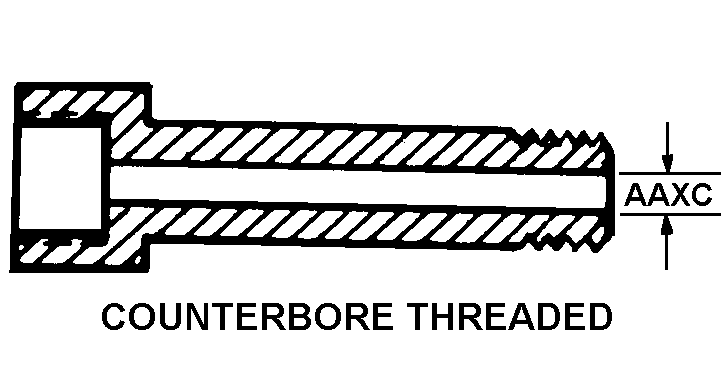
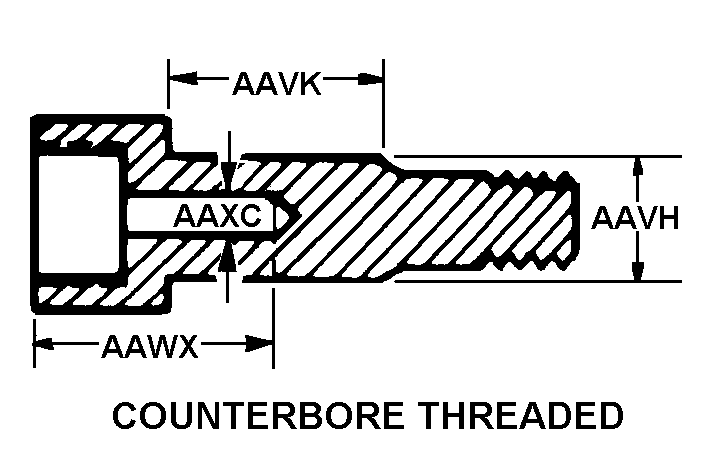
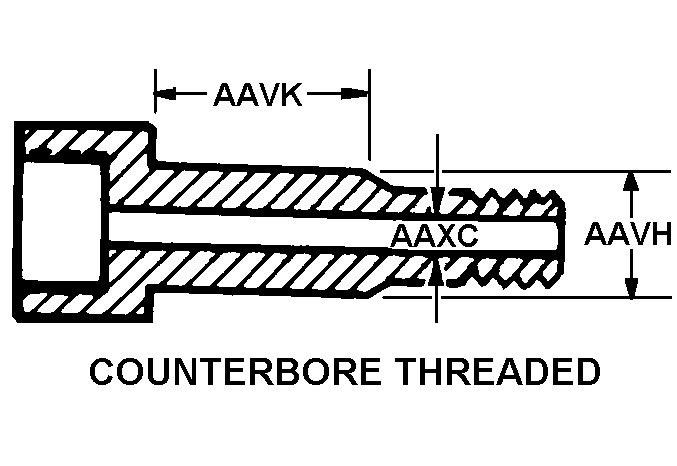
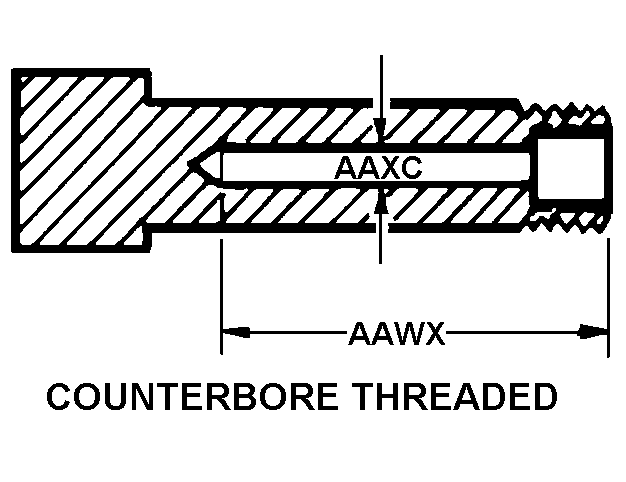
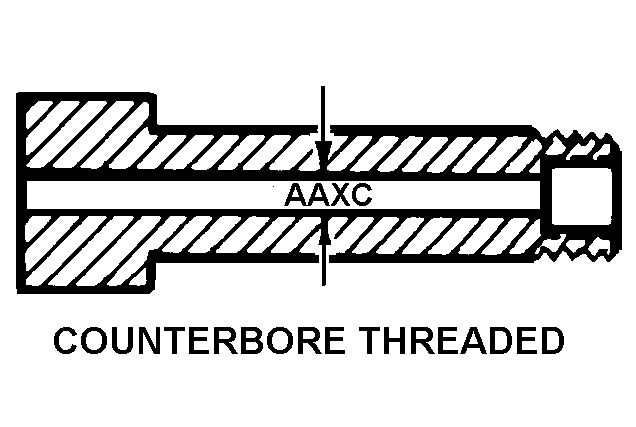
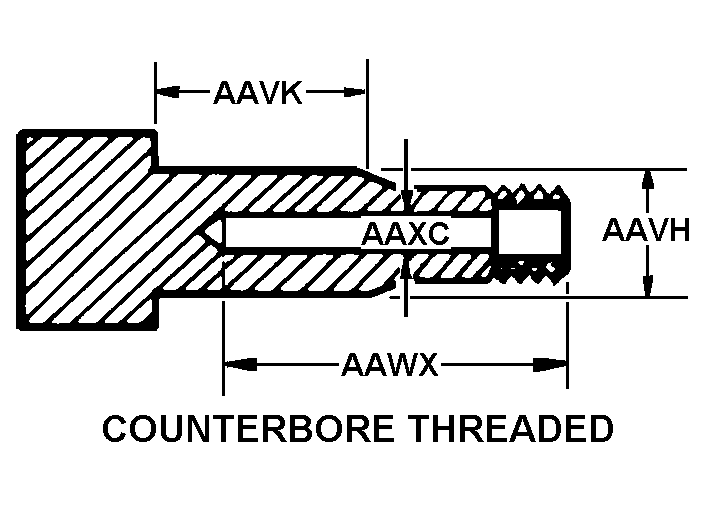

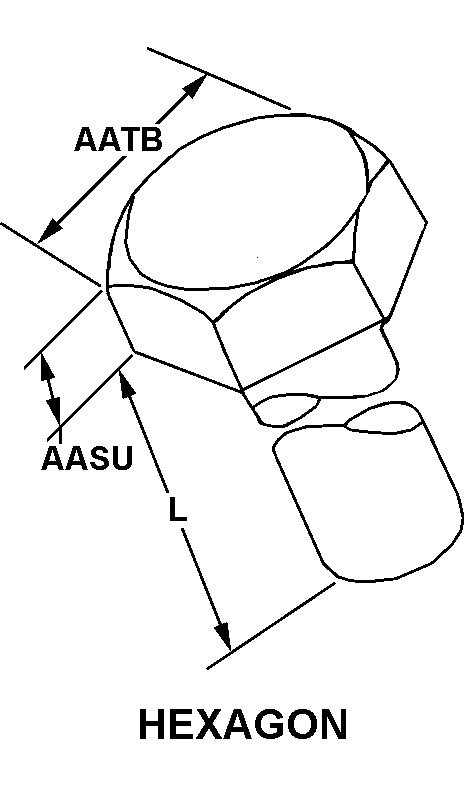
Definition Definition of approved item name (AIN): "BOLT,INTERNALLY RELIEVED BODY"
An externally threaded fastener whose external threaded portion is of one nominal diameter. It has a concentric hole along the longitudinal centerline which may extend a part or the full length of the bolt. The concentric hole along the centerline may be counterbored and/or internally threaded at the head end or the bolt end. The head is designed to be held or driven by an external and/or internal driver. For items having a hole(s) perpendicular to the axis which meet the concentric hole along the longitudinal centerline, see bolt, fluid passage.
Packaging & Dimensions Packaging instructions, special markings, and approx. weight/dims
Packaging Codes
OPI: Optional Procedure Indicator Code. A one position alpha code that indicates the allowable deviations from the prescribed requirements.
SPI No.: Special packaging instructions number.
LVL A/B/C: Indicates the type of shipping container required for level A, B, or C maximum packing protection.
SPC Mkg: A two position code that identifies the special markings applied to the container, which is part of the total pack to protect the contained item during preservation, packing, storage, transit and removal from the pack.
5306-00-250-5487 Material Hazmat, Precious Metals, Criticality, Enviroment, and ESD
Indicates there is no data in the hmirs and the nsn is in a fsc not generally suspected of containing hazardous materials.
Precious metal content is unknown
The item does not have a nuclear hardened feature or any other critical feature such as tolerance, fit restriction or application.
Identification Codes
HMIC: Hazardous Material Indicator Code. A one position code that identifies a hazardous item.
PMIC: Precious Metal Indicator Code. A one position code which identifies items that have precious metals as part of their content. precious metals are those metals generally considered to be uncommon, highly valuable, and relatively superior in certain properties such as resistance to corrosion and electrical conductivity.
ESD: Electrostatic Discharge. Indicates if an item is susceptible to electrostatic discharge or electromagnetic interference damage. electrostatic discharge damage occurs when an accumulation of static electricity generated by the relative motion or separation of materials is released to another item by direct contact. electromagnetic interference damage occurs when an item comes into proximity with an electrostatic or magnetic field.
ENAC: Enviromental Attribute Code. Identifies items with environmentally preferred characteristics.
CRITL: Criticality Indicator Code. Indicates an item is technically critical by tolerance, fit, application, nuclear hardness properties, or other characteristics.






